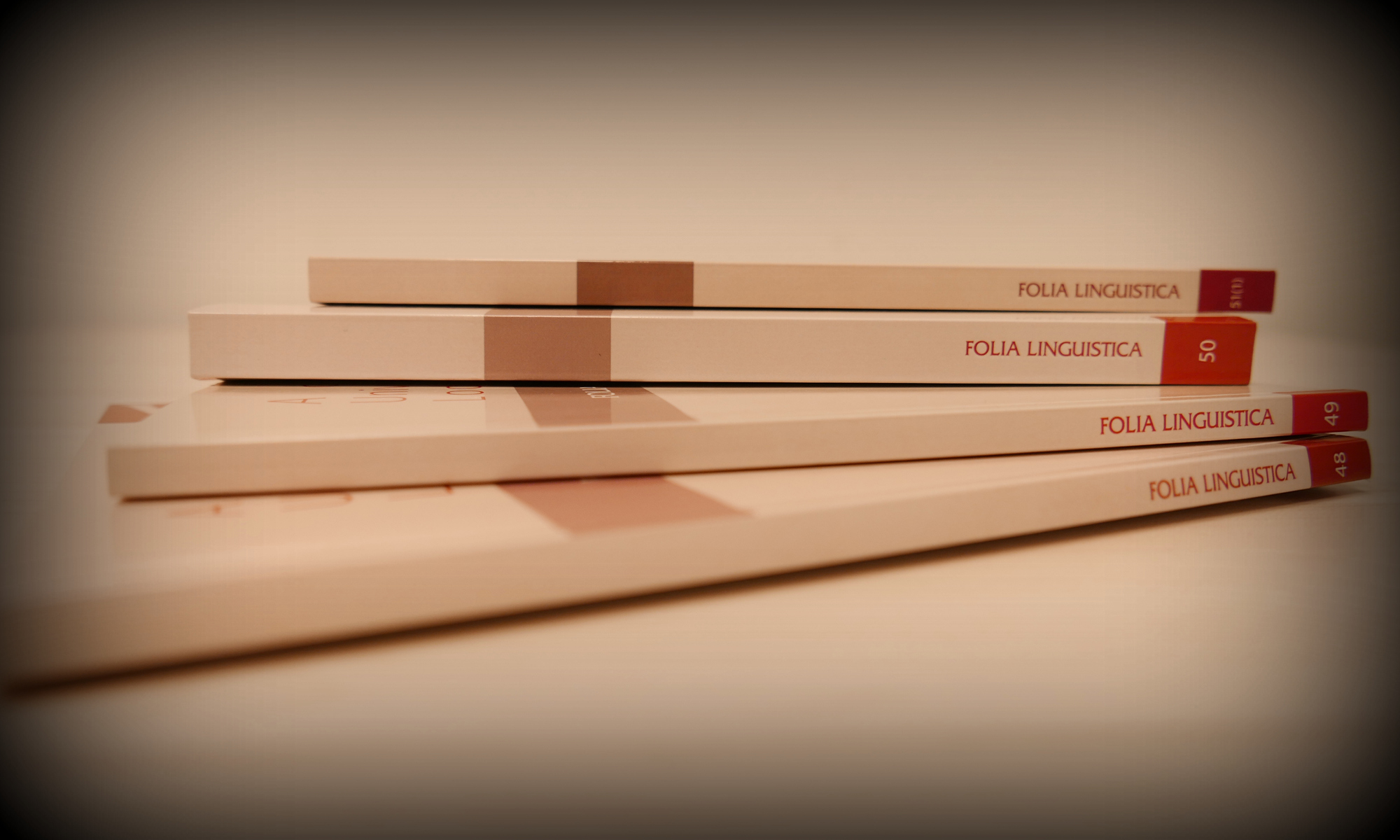Reviewing procedure:
- An editorial team pre-selects received texts according to the criteria of their compliance with the required topic and profile of the journal, and evaluates whether they fulfil the fundamental criteria of scientific integrity and care about the facts.
- Each pre-selected text undergoes, at the following stage, assessment by at least two independent reviewers from outside of the author’s scientific unit.
- Review process is double-blind, which means that the author doesn’t know the reviewer’s name and the reviewer doesn’t know the author’s name.
- Each review must be made in a special written form, where, apart from the assessment’s summary, a descriptive assessment can be presented.
- Each review must include one of the following unambiguous conclusions: The article can be printed as it is; The article can be printed once adjustments suggested by the reviewer are made; The article can be printed provided that adjustments suggested by the reviewer are made and that the text is re-evaluated; The article cannot be printed.
- Instead of disclosing the names of the reviewers of specific texts, we publish exclusively a collective list of reviewers for a given annual.
- A text which receives two positive reviews is eligible for printing if the recommendations included in those reviews are followed. The editorial team is entitled to enclose to the reviewers’ notes their own comments, proposed adjustments or additions.
- If the reviews contradict each other, and in other justified cases, the editorial team can designate another reviewer or start a discussion about the text and vote on whether to approve or reject it.
- Editors may ask the author for consultation at various stages of the publishing process; before the final publication of the volume, the article will be submitted for author’s proofreading.
Article’s size – no more than 14 pages of standardized typescript (about 25,000 characters, spaces included), review’s size – no more than 5 pages
Each article should be typed in Word according to the following rules:
- Name and surname of the author(s) – at the top left corner, in bold Times New Roman font (size – 12); the surname should be accompanied with a reference to a footnote identified with an asterisk; the footnote must include: e-mail address, scientific degree/title and author’s (s) affiliation along with the detailed mailing address of the institution represented by the author;
- title: centered, typed in bold Times New Roman font (size – 12);
- margins: 2.5 cm;
- indentation in the text: 1.25 cm;
- text of the article and footnotes aligned to the left margin, without hyphenation;
- font:
- main text – size: 12, Times New Roman, line spacing – 1.5,
- footnotes – size: 10, Times New Roman, line spacing – 1;
- each graphical element (table, chart, photo etc.) in the text should be provided with a title and information on the source;
- quotes:
- integrated in the text (no more than 4 lines) – between quotation marks;
- longer quotes (more than 4 lines) – font size: 10, indented from the left – 0.5, line spacing – 1;
- expressions in foreign languages in between the Polish text – to be typed in italics;
- analyzed expressions – to be typed in italics;
- meanings of the analyzed words – to be typed in between ‘ ’;
- highlights – in bold;
- sub-headings – bold font, size:12;
- author’s notes (including omissions in quotes): in square brackets.
Bibliography:
- in the main text – in round brackets in the following order: name of the author, publishing year, number of the page following the colon, e.g. (Wierzbicka 1999: 13);
- references in the main text to web sources in the following order (compare to the bibliography description models): name of the author, year of online publishing, e.g. (Bauer 2009), name of the author e.g. (Wierzbicka b.r.), title of the article or its shortened title and year of online publishing if known, e.g. (Celebrycitrafią na uniwersytety? 2013), address or shortened address of the website, e.g. (http://filolog.uni.lodz.pl).
- Below the text – full bibliographic citations in the following order:
- header: Literature (size: 12, bold);
- titles of books, chapters, articles – in italics;
- titles of journals – between quotation marks.
Models of a bibliographical description (including those of online sources):
- Wierzbicka A., 1999, Język – umysł – kultura, Warszawa: Wydawnictwo Naukowe PWN.
- Bajerowa I., 1977, Aktualne problemy polityki językowej, „Socjolingwistyka” 1.
- If a referenced paper has an associated DOI please use the http://dx.doi.org/ address. DOI link should be placed at the end of the reference.
- Stachowski M., 2018, Problemy metodologiczne z badaniem orientalizmów w języku polskim, „Studia Językoznawcze” 17, https://doi.org/10.18276/sj.2018.17-19
- Gajda S. (red.), 2008, Tożsamość a język w perspektywie slawistycznej, Opole: Uniwersytet Opolski. Instytut Filologii Polskiej.
- Walczak B., 2008, Tradycja i nowoczesność – względność antynomii, w: E. Woźniak (red.), Tradycja a nowoczesność, Łódź: Archidiecezjalne Wydawnictwo Łódzkie.
- Bauer Z., 2009, Tabloidyzacja, http://www.slideshare.net/52zbigi/tabloidyzacja (dostęp: 12.04.2016).
- Celebryci trafią na uniwersytety? Wygląda na to, że o nieuniknione, 2013, z W. Godzicem rozm. A. Koziński, http://www.polskatimes.pl/artykul/1061304,celebryci-trafia-na-uniwersytety-wyglada-na-to-ze-to-nieuniknione,2,id,t,sa.html (dostęp: 1.01.2014).
- Wierzbicka A., b.r., „Miód tajony” w utworze T. Lenartowicza, http://poradnia-jezykowa.uni.lodz.pl/odpowiedzi/ (dostęp: 12.04.2016).
- NKJP: Narodowy Korpus Języka Polskiego, http://nkjp.pl (dostęp: 23.04.2013).
- http://filolog.uni.lodz.pl/vhosts/ifp/ (dostęp: 12.04.2016).
Abbreviations:
- Below the text, before the literature;
- header: list of abbreviations (size: 12, bold).
Each article must be accompanied with a summary (no exceeding half a page) in Polish and English, with key words in Polish and English as well.
